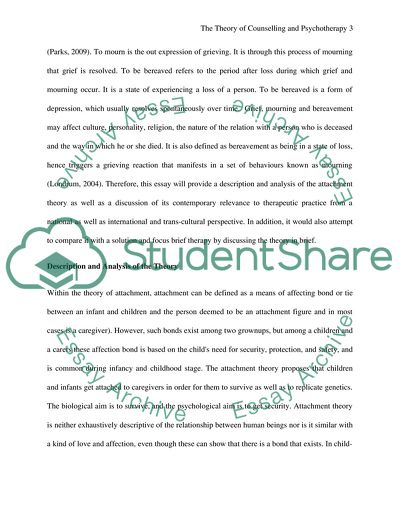Cite this document
(The Theory of Counselling and Psychotherapy Practice Dissertation, n.d.)
The Theory of Counselling and Psychotherapy Practice Dissertation. Retrieved from https://studentshare.org/psychology/1853908-theory-of-counselling-and-psychotherapy-practice
The Theory of Counselling and Psychotherapy Practice Dissertation. Retrieved from https://studentshare.org/psychology/1853908-theory-of-counselling-and-psychotherapy-practice
(The Theory of Counselling and Psychotherapy Practice Dissertation)
The Theory of Counselling and Psychotherapy Practice Dissertation. https://studentshare.org/psychology/1853908-theory-of-counselling-and-psychotherapy-practice.
The Theory of Counselling and Psychotherapy Practice Dissertation. https://studentshare.org/psychology/1853908-theory-of-counselling-and-psychotherapy-practice.
“The Theory of Counselling and Psychotherapy Practice Dissertation”, n.d. https://studentshare.org/psychology/1853908-theory-of-counselling-and-psychotherapy-practice.


